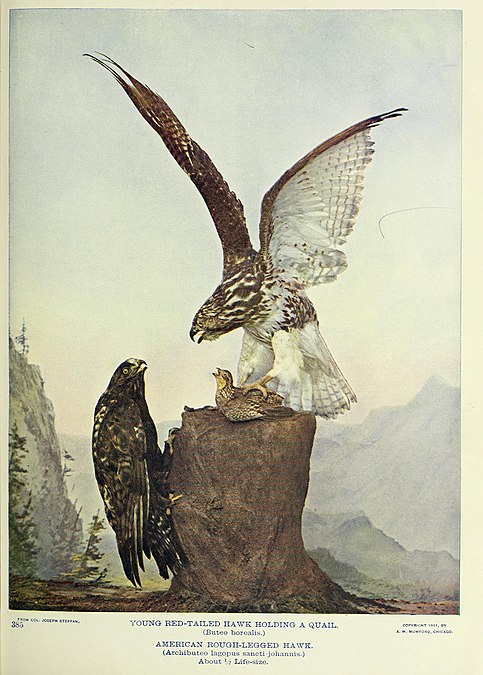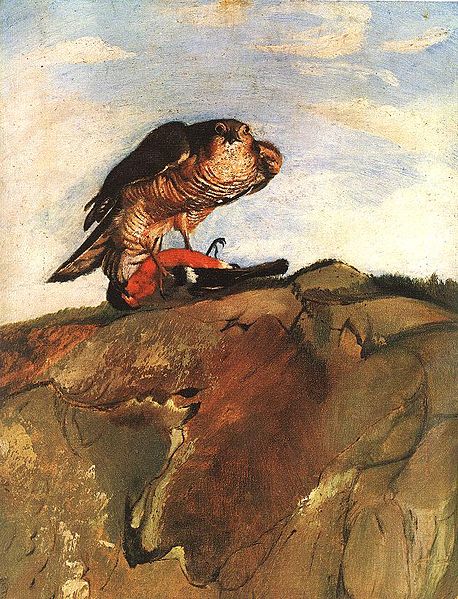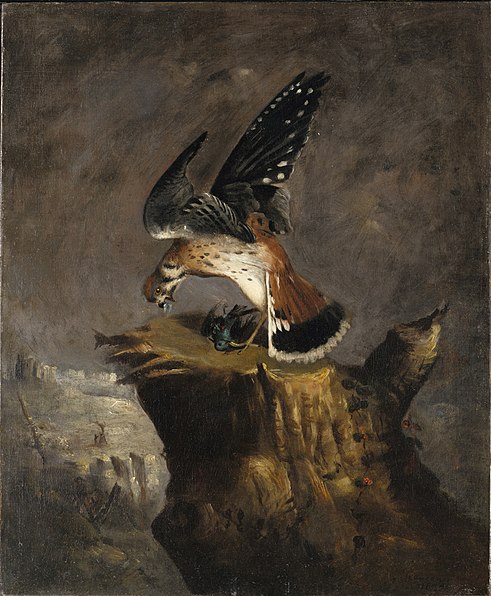
All ajarns and students who hope to publish research on open access websites must be aware that some of these are predatory publishers.
The English word predatory refers to animals who prey on others by hunting, killing, and eating them. A predatory bird such as a hawk or falcon hunts and kills other animals. A related meaning for a predator is anyone who exploits other people, taking advantage of them in a greedy way. Of course, all publishers want to make money from authors by publishing good work that sells well and brings prestige to them. The problem is that predatory publishers only want to make money and do not care about the quality of the work they publish. An October article in Inside Higher Education cites researchers at Finland’s Hanken School of Economics, whose study, Predatory Open Access: A Longitudinal Study of Article Volumes and Market Characteristics, notes that in 2014, over 420,000 articles were posted online by such websites, compared to 53,000 in 2010. By contrast, something between 1.4 million to 2 million serious papers are published in mainstream academic journals every year. Why does this predatory publishing happen? Everywhere in the world, students and ajarns want to get published, and this is difficult and time-consuming. Some hope to make the process shorter and easier by using predatory publishers. Dr. Jeffrey Beall, a scholarly communications librarian and associate professor at the University of Colorado at Denver, has made lists of over one thousand predatory publishers and more than 11,000 journals. Among ways that Dr. Beall identifies a journal that is not valid and reputable is whether a publisher sends out spam emails to ask for article submissions. Also, whether the journal has an editorial board with serious scholarly experts or not.
Traditional publishing and open-access.
According to the study Predatory Open Access, Asian and African writers make up 76.7 percent of those who pay such websites to be published. Writers from India alone make up 34.7 percent of these. Most scholarly journals charge processing fees for articles, and serious, well-established journals sometimes charge hundreds of dollars or more for publication. Scientific Reports, from the Nature Publishing Group, charges over $1500 USD to process a manuscript. Some researchers think they are getting a bargain when predatory publishers offer publication in exchange for much less, an average of less than $180 USD. Yet as with much else in life, you get what you pay for. There have been some critics of Professor Beall’s lists. Since he focuses only on open-access publishing, some observers feel that his work harms the image of open-access publishing. On occasion he may list a publication incorrectly, misreading some possible warning signs. Yet overall, he has helped to point out a serious problem in world scholarly publishing. As Professor Beall wrote:
Research published in predatory journals is polluting the entire scholarly publishing ecosystem.

In September, also citing the study Predatory Open Access, the American Association for the Advancement of Science reported that predatory publishers earned $75 million USD last year. Many of these journals advertise false impact factors or claim that writers are given a peer review that only takes one week. All ajarns and students should know that it can take months and sometimes even longer to get peer reviews from a scholarly journal, since getting professors to do anything can often take a long time. If you are promised a one-week peer review, meaning that professors will read and seriously evaluate what you have written in such a short time, this must be too good to be true. If a journal states it has an important impact factor, but you have never heard of it before or seen it, then it is worth researching such claims to see if they are true. Ask specialists in the field, ajarns and others. Articles published in such journals tend to be plagiarized, since there is no editorial control over what is published. By publishing in such a journal, you associate your name and work with plagiarists, so you may harm your reputation by adding your name to such sites. Worst of all for some researchers is that predatory publishers send out endless spam emails to persuade researchers to send them money.
Follow the money.
The American Association for the Advancement of Science quotes Dr. Jocalyn Clark, a public health researcher at the University of Toronto, Canada, who is concerned about where the money comes from in Asia and Africa to pay for such publications. Sometimes the fees are paid by public funding, or government charitable grants meant to be used for research, not as payment to predatory publishers. This misuse of funds can be a form of corruption when ajarns or students do not just waste their own money, but public money as well:
The breadth and growth of predatory journals are astonishing and concerning. I remain convinced that the market for these fake journals is endless. What is a nuisance for rich-country researchers (constant emails) is a major corruption for developing-country science—a corruption of the legitimate and vital open-access publishing model and a corruption of the vast funds, much of which are public, invested in global health research. That institutions and especially donors are not doing more to ensure their scientists’ work is not lost to predatory journals is, to me, a scandal.

Fake names and fake photos.
In October, The Ottawa Citizen newspaper described one such fake science journal:
The entire editorial board appears to be fake, though most of the other stolen identities at least belong to the living…The journal says hackers placed inaccurate information on its site.
While researchers who waste money with such predatory publishers are victims to some extent, the study Predatory Open Access underlines that many of these writers know that they are paying to be published by a fake website, and just hope to get away with it. They want to add some kind of publication credit to their records, and expect that no one will ever check if the publications that have printed their articles really exist or not. This is a form of academic fraud and can one day be very costly for any academic career:
We believe that most authors are not necessarily tricked into publishing in predatory journals; they probably submit to them well aware of the circumstances and take a calculated risk that experts who evaluate their publication lists will not bother to check the journal credentials in detail. Hence we do not uncritically see the authors as unknowing victims. The universities or funding agencies in a number of countries that strongly emphasize publishing in ‘international’ journals for evaluating researchers, but without monitoring the quality of the journals in question, are partly responsible for the rise of this type of publishing.
to be continued in part II, part III, part IV, and part V.

(all images courtesy of Wikimedia Commons).
